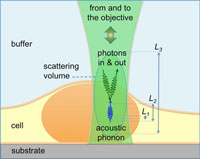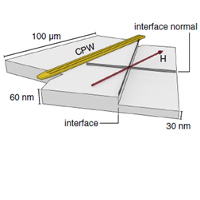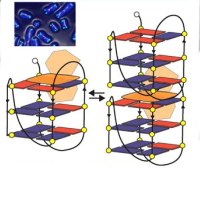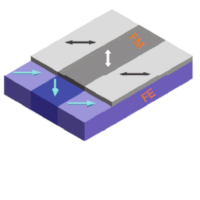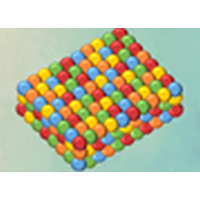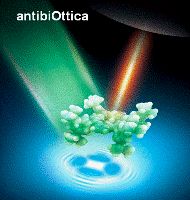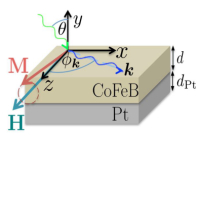Identification of Coexisting Graphene Structures on Ni(111)
CVD growth on nickel is considered one of the most interesting routes for graphene large-scale production. Although the atomic structure of graphene on Ni(111) has been thoroughly investigated, and several possible configurations proposed, their stability and ordering in energy are still under debate. Moreover, a direct microscopic experimental evidence for the coexistence of all proposed structures, and an atomic level description of their transition regions are still missing.
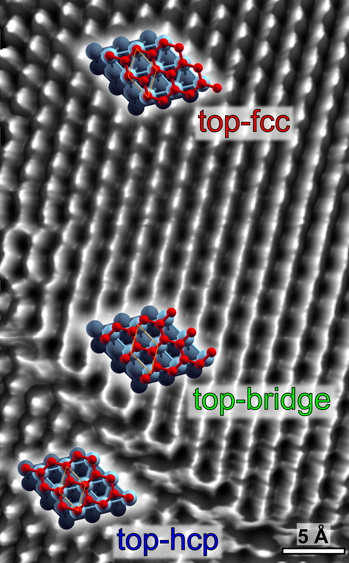
We combined scanning tunneling microscopy (STM) experiments and density functional theory (DFT) calculations including dispersion interactions, to clarify the overall picture of the different configurations of epitaxial graphene coexisting on a Ni(111) single crystal.
We evidenced that top-fcc, top-hcp, and top-bridge are all stable chemisorbed configurations with comparable adsorption energy and can be distinguished in high-resolution STM images based on their different appearance. In our experimental data, we clearly reveal the coexistence of all the three configurations, inferring a general predominance of top-fcc.
We find that the transition between different configurations can occur either sharply, via extended defects, or smoothly, via regions of compressed graphene. The latter transition type, predominant in our images, is likely not to influence significantly electron transport, since no scattering centers are formed.
F. Bianchini, L.L. Patera, M. Peressi, C. Africh and G. Comelli, "Atomic Scale Identification of Coexisting Graphene Structures on Ni(111)", J. Phys. Chem. Lett. 5, 467-473 (2014) DOI

